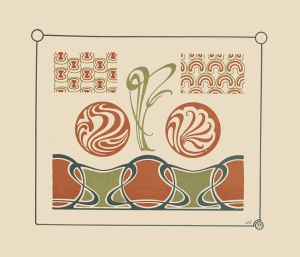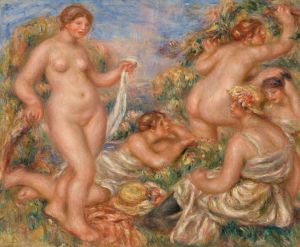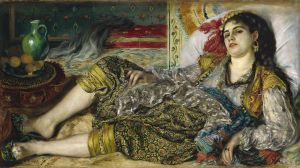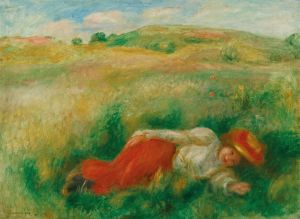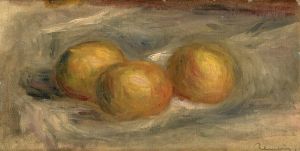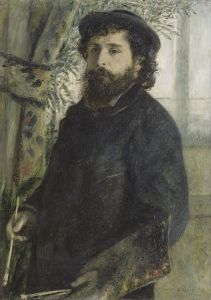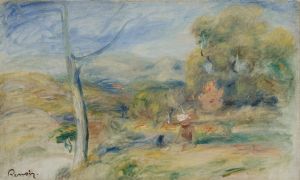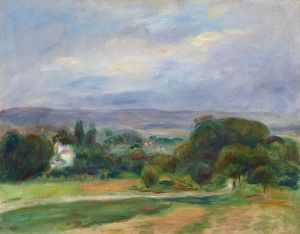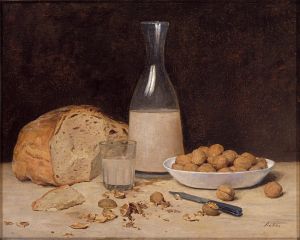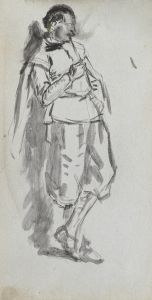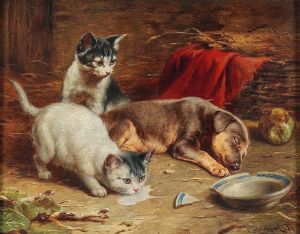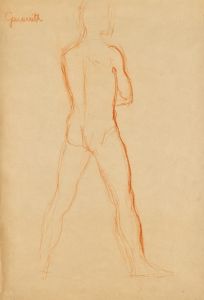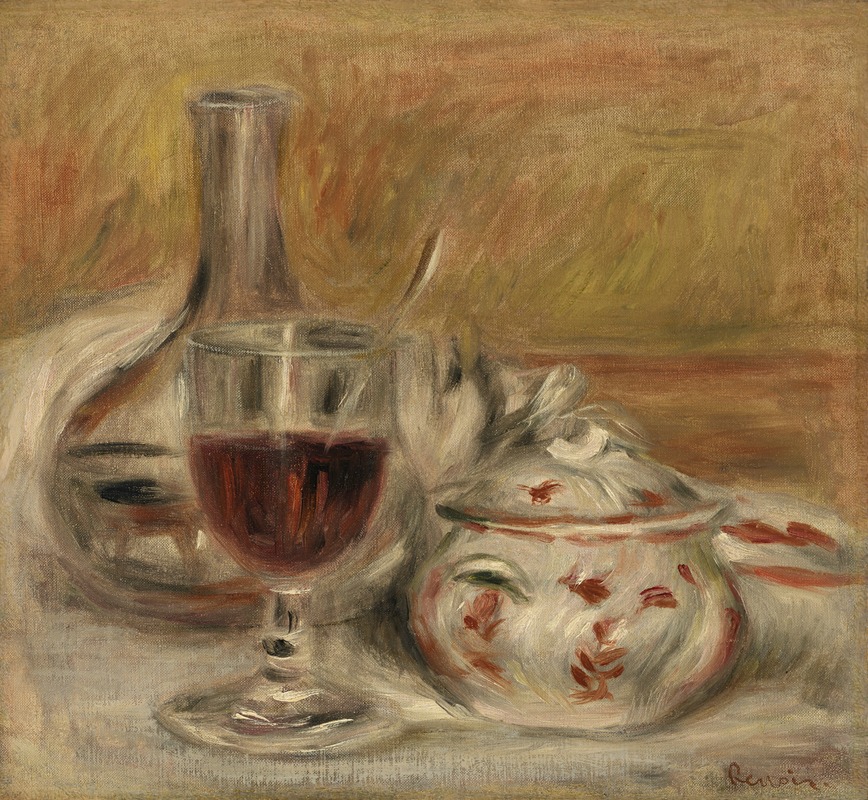
Carafe, verre et sucrier
A hand-painted replica of Pierre-Auguste Renoir’s masterpiece Carafe, verre et sucrier, meticulously crafted by professional artists to capture the true essence of the original. Each piece is created with museum-quality canvas and rare mineral pigments, carefully painted by experienced artists with delicate brushstrokes and rich, layered colors to perfectly recreate the texture of the original artwork. Unlike machine-printed reproductions, this hand-painted version brings the painting to life, infused with the artist’s emotions and skill in every stroke. Whether for personal collection or home decoration, it instantly elevates the artistic atmosphere of any space.
Pierre-Auguste Renoir, a leading figure in the Impressionist movement, is renowned for his vibrant light and saturated color, often focusing on people in intimate and candid compositions. One of his lesser-known works, "Carafe, verre et sucrier" (translated as "Carafe, Glass, and Sugar Bowl"), exemplifies his skill in still life painting, a genre that allowed him to explore the interplay of light and color on everyday objects.
Created during a period when Renoir was deeply engaged with the Impressionist movement, this painting reflects his interest in capturing the transient effects of light and shadow. Renoir's still lifes, though not as famous as his portraits or scenes of Parisian life, are significant in understanding his artistic development and his approach to painting.
"Carafe, verre et sucrier" features a simple yet elegant arrangement of a carafe, a glass, and a sugar bowl. The composition is marked by Renoir's characteristic use of soft brushstrokes and a delicate palette. The objects are placed on a table, and the way light interacts with the surfaces of the glass and the reflective qualities of the carafe and sugar bowl demonstrates Renoir's mastery in depicting transparency and reflection. This attention to detail and the ability to capture the essence of the objects with minimalistic elements is a testament to his skill.
Renoir's choice of objects in this painting is indicative of his interest in everyday life and the beauty found in ordinary items. The painting does not rely on elaborate or luxurious items to convey its charm; instead, it finds beauty in simplicity. This approach aligns with the broader Impressionist ethos of finding inspiration in the immediate and the commonplace.
The painting also reflects Renoir's broader artistic concerns during this period. Like many of his contemporaries, Renoir was interested in the effects of natural light and how it could transform the perception of objects. The subtle play of light and shadow in "Carafe, verre et sucrier" creates a sense of depth and volume, bringing the still life to life and inviting viewers to appreciate the quiet beauty of the scene.
While "Carafe, verre et sucrier" may not be as widely recognized as some of Renoir's other works, it remains an important piece within his oeuvre. It showcases his ability to imbue everyday objects with a sense of grace and elegance, highlighting his unique contribution to the Impressionist movement. Through this painting, Renoir invites viewers to pause and appreciate the simple pleasures and the transient beauty of the world around them.
In summary, "Carafe, verre et sucrier" is a fine example of Renoir's still life work, demonstrating his skillful use of color, light, and composition to elevate ordinary objects into subjects of artistic exploration. This painting, like much of Renoir's work, continues to be celebrated for its ability to capture the fleeting moments of beauty in everyday life.





